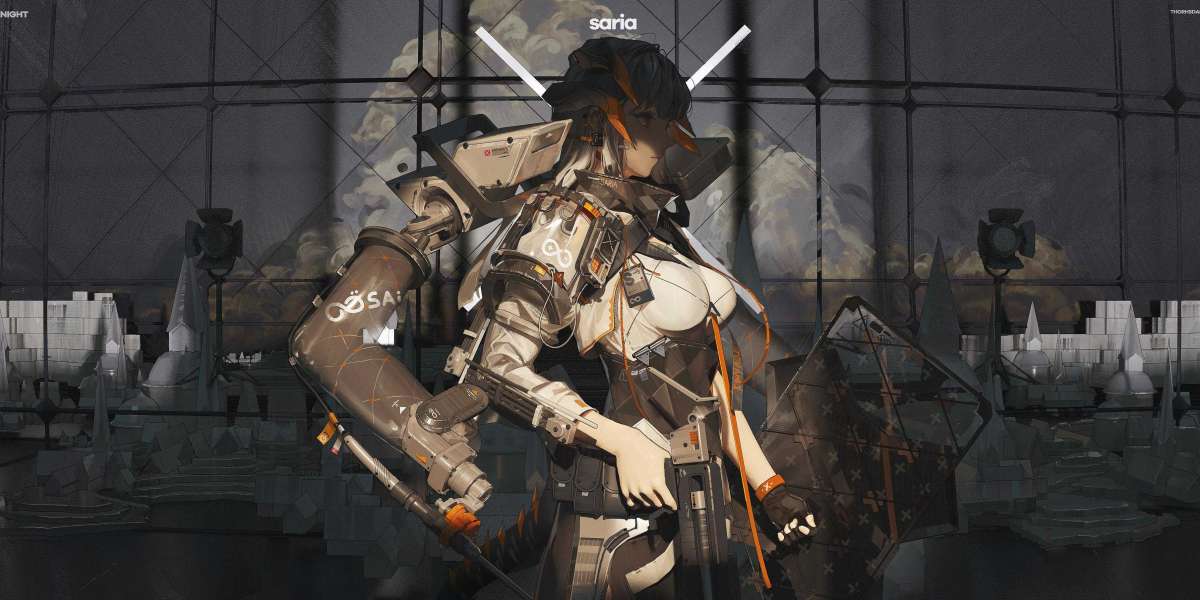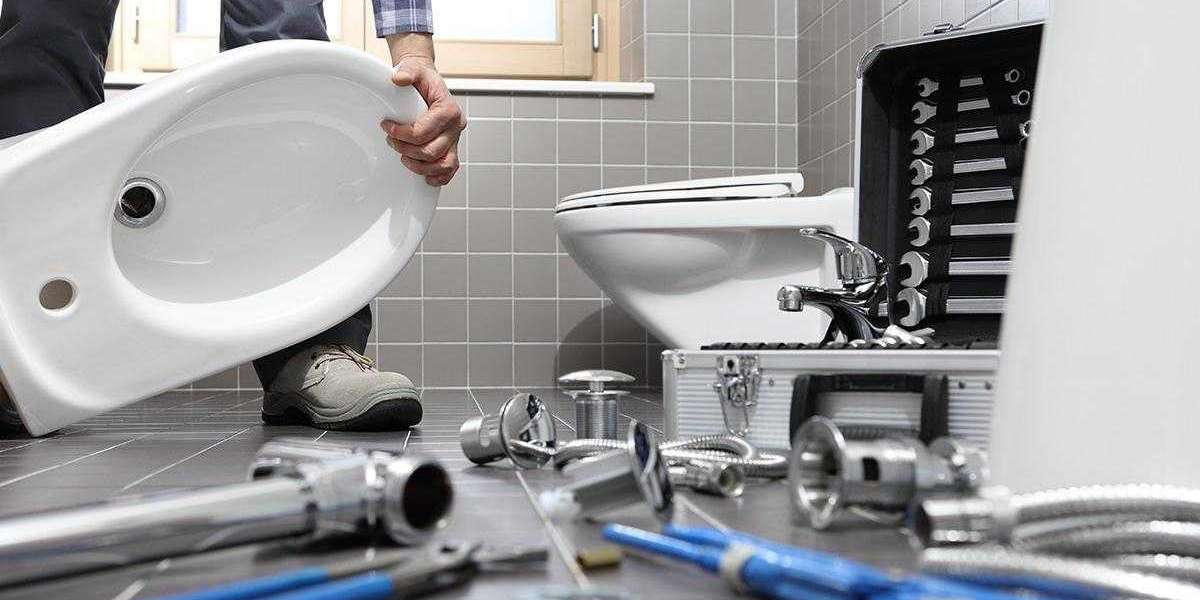As 3D printing technology continues to evolve, many enthusiasts are bringing this innovative process into their homes. However, with the excitement of creating custom objects comes the responsibility of ensuring 3D printing safety. This article aims to provide a comprehensive understanding of the potential risks associated with 3D printing and essential safety guidelines to mitigate them.

Understanding 3D Printing Safety Risks
What are the primary risks involved in 3D printing? The process can expose users to various hazards, including:
- Fumes and Particles: Many 3D printers emit fumes and ultrafine particles during the printing process, which can be harmful if inhaled.
- Heat and Burns: The printer's nozzle and heated bed can reach high temperatures, posing a risk of burns.
- Electrical Hazards: Improperly maintained or faulty equipment can lead to electrical fires.
- Material Safety: Some printing materials may contain toxic substances or require specific handling precautions.
Essential Safety Guidelines for 3D Printing
To ensure a safe 3D printing experience, consider the following 3D printing safety guidelines:
- Ventilation: Always print in a well-ventilated area. If possible, use an enclosure with a filtration system to minimize exposure to harmful fumes.
- Protective Gear: Wear safety glasses and gloves when handling materials, especially when working with heated components.
- Regular Maintenance: Keep your printer in good working condition. Regularly check for any electrical issues and clean the nozzle to prevent clogs.
- Material Safety Data Sheets (MSDS): Always review the MSDS for the materials you are using to understand their properties and safety precautions.
Creating a Safe Printing Environment
How can you create a safe environment for 3D printing? Here are some tips:
- Designate a specific area for your 3D printer, away from children and pets.
- Ensure that the workspace is free from flammable materials.
- Keep a fire extinguisher nearby, especially if you are using high-temperature materials.
Conclusion: Prioritizing 3D Printing Safety
In conclusion, understanding the risks associated with 3D printing is crucial for anyone looking to engage in this exciting technology. By following the essential safety guidelines outlined above, you can significantly reduce the risks and enjoy a safe and productive printing experience. For more detailed information on 3D printing safety, visit this resource.







